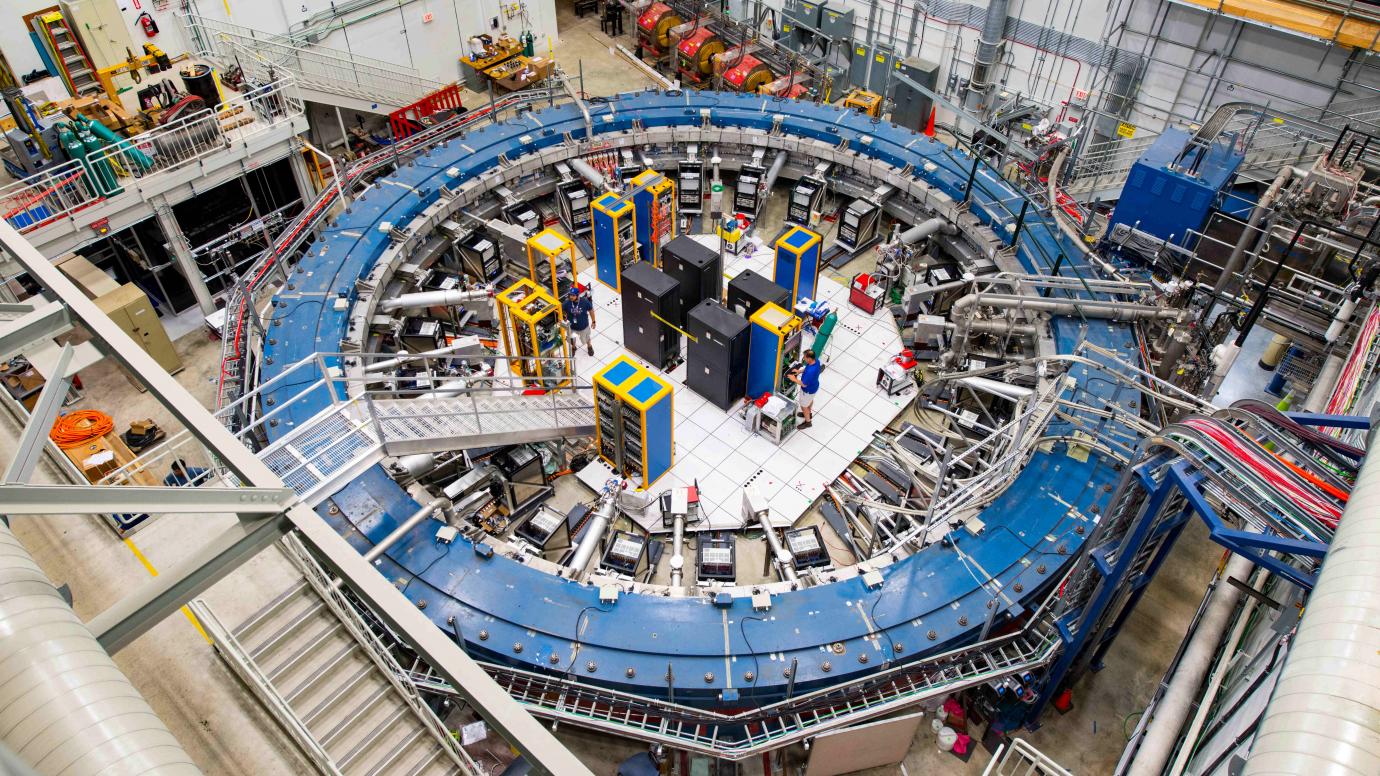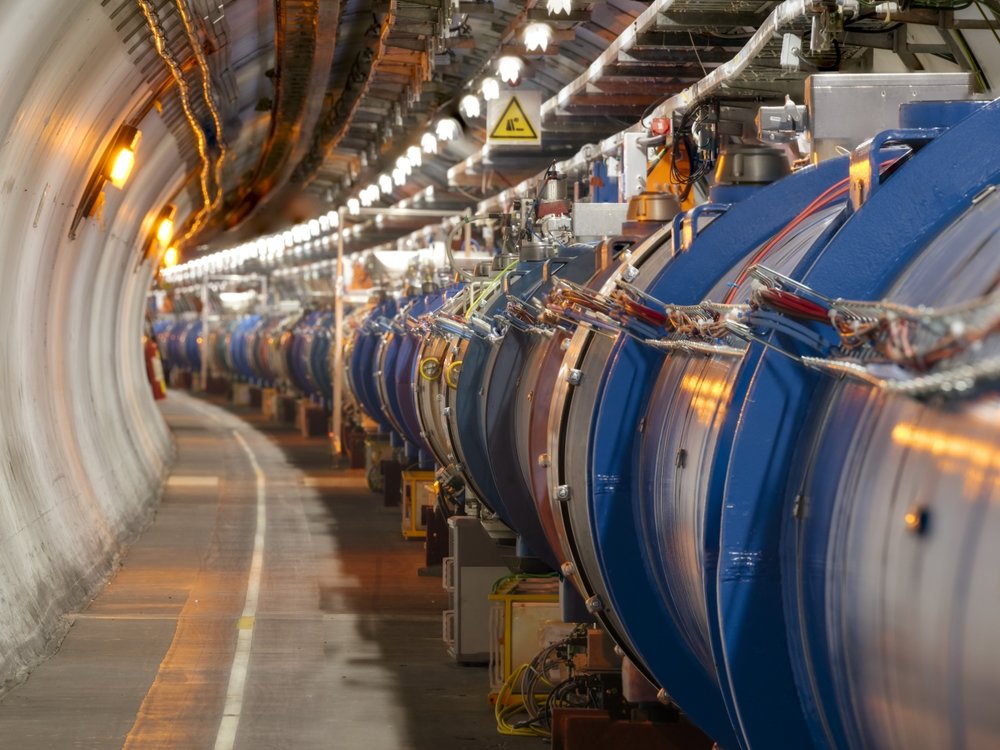Scientists based at Fermilab, near Chicago, are inching closer to unraveling a potentially revolutionary discovery – the existence of a new fundamental force of nature. Their focus lies on muons, sub-atomic particles, which are demonstrating behavior at odds with current sub-atomic physics theories. This incongruity implies the presence of an unknown force influencing muons, BBC reports.

Though additional data is necessary for validation, the implications of this breakthrough, if verified, are colossal. It could herald a transformative shift in our understanding of physics. The current research builds upon findings in 2021 at the Fermilab particle accelerator facility, where researchers first proposed the prospect of a fifth force of nature.

Despite compelling evidence, incontrovertible proof remains elusive due to uncertainties rooted in theoretical physics. This has caused a shift in the goalposts for experimental physicists. However, researchers are optimistic about obtaining the required data within the next two years, coinciding with a potential narrowing of theoretical uncertainties. Yet, competition looms, as a rival team at Europe's Large Hadron Collider (LHC) races to reach similar conclusions.
Dr. Mitesh Patel from Imperial College London, one of many physicists at LHC aiming to uncover discrepancies in the Standard Model, emphasizes the monumental nature of this endeavor. Challenging the Standard Model's predictions would signify an epochal development in particle physics, potentially triggering a scientific revolution.

Fermilab anticipates that their upcoming findings will be a definitive face-off between theory and experiment. This collision could unveil new particles or forces that challenge our understanding of the cosmos. The Standard Model, a foundational framework, currently governs how fundamental forces interact.
If substantiated, this revelation could stand as one of the most significant scientific breakthroughs in a century, comparable to Einstein's theories of relativity. The concept of a fifth force, along with any associated particles, diverges from the Standard Model of particle physics.

Researchers are already aware of "physics beyond the Standard Model," evidenced by the model's inability to explain numerous astronomical observations. This includes galaxies continuing to accelerate apart following the Big Bang, attributed to an enigmatic force called dark energy. Additionally, galaxies are spinning faster than anticipated, likely due to invisible particles termed dark matter, which are not accounted for by the Standard Model.
Published in the Journal Physical Review Letters, these findings further propel humanity's quest to understand the fundamental underpinnings of the universe.
Follow Daryo's official Instagram and Threads pages to keep up to date on world news.
Comments (0)